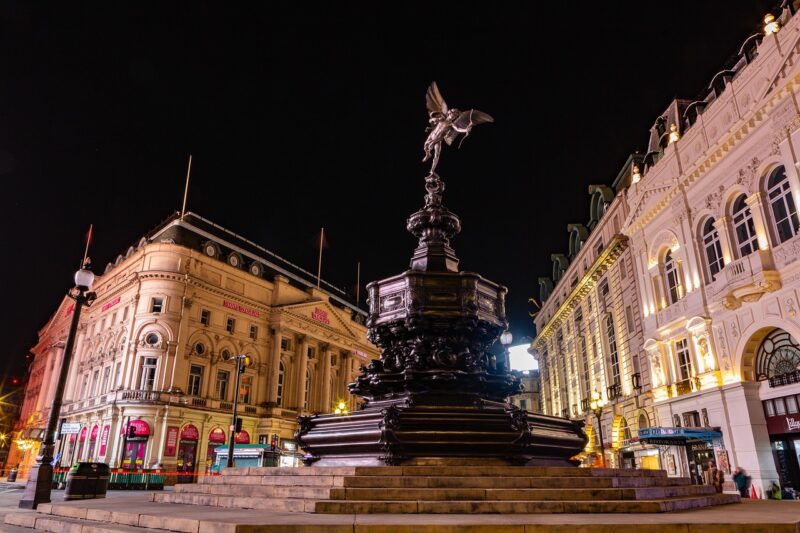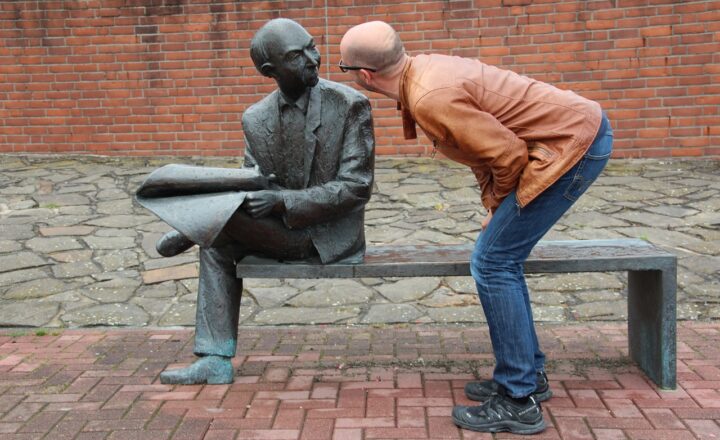
When we think about the most magnificent landmarks across the globe, we are often awestruck by their beauty and grandeur. However, what remains hidden behind these iconic structures are the immense challenges and fascinating stories of their construction. From ancient pyramids to modern skyscrapers, the journey to erecting these impressive monuments is often fraught with difficulties relating to technology, resources, and human ingenuity.
1. The Great Pyramids of Giza: Engineering Marvels of Ancient Egypt
The Great Pyramids of Giza, one of the Seven Wonders of the Ancient World, were built around 4,500 years ago and serve as a testament to the engineering prowess of the ancient Egyptians. Constructed under the reign of Pharaoh Khufu, the Great Pyramid is made of over 2.3 million blocks of stone, weighing an average of 2.5 tons each.
**Challenges in Construction:**
– **Labor Force:** The construction required a massive workforce, estimated to be around 20,000 to 30,000 laborers. These were not slaves, as commonly believed, but skilled workers who were well-fed and housed during the building process.
– **Transporting Stone:** The granite and limestone used for the pyramids were sourced from quarries further away. Transporting these massive blocks posed a significant challenge, necessitating the development of large sledges and waterways to move materials.
– **Alignment Precision:** The precise alignment of the pyramids with the cardinal points of the compass was a technical challenge achieved through careful astronomical observations.
The legacy of the Great Pyramids of Giza continues to inspire awe, representing human endurance and ingenuity.
2. The Eiffel Tower: A Victorian Engineering Feat
Completed in 1889 as the entrance arch for the 1889 Exposition Universelle (World’s Fair) in Paris, the Eiffel Tower stands as a symbol of French engineering and artistic talent. Designed by Gustave Eiffel, this iron lattice tower was an engineering marvel of its time.
**Challenges in Construction:**
– **Public Opposition:** When the design was first presented, it faced significant backlash from artists and intellectuals who considered it an eyesore. Overcoming public sentiment was a challenge that required intense advocacy work by Eiffel himself.
– **New Materials:** The use of iron as a primary structural component was groundbreaking. Eiffel had to ensure that the iron could withstand both tension and compression, leading to innovative designs that were tested extensively.
– **Construction Safety:** Working in high altitudes on a tower that grew taller each day posed risks. Eiffel implemented safety measures such as harnesses and scaffolding to protect workers, a novel approach at the time.
Despite its rocky start, the Eiffel Tower has become one of the most visited monuments on the planet, redefining architectural design in the process.
3. The Taj Mahal: A Labour of Love
Commissioned by Mughal Emperor Shah Jahan in memory of his wife Mumtaz Mahal, the Taj Mahal is an exquisite display of Persian architecture and intricate artistry. Its construction began in 1632, taking about 20 years to complete.
**Challenges in Construction:**
– **Material Sourcing:** The white marble used in the structure was sourced from Makrana, Rajasthan, over 300 kilometers away. Transporting such heavy materials required careful planning and organization.
– **Workforce Size:** It is estimated that 20,000 artisans were involved in the construction of the Taj Mahal, from stone carvers to inlaid marble workers. Coordinating such a large workforce required advanced logistics and management.
– **Precision in Design:** The intricate work of inlaying semi-precious stones posed challenges in material compatibility and aesthetic placement, demanding high precision and talent.
The Taj Mahal remains a UNESCO World Heritage site, celebrated not just for its beauty but also for the dedication and challenges faced during its creation.
4. The Sydney Opera House: A Cultural Icon with a Rocky Journey
Opened in 1973 and designed by Danish architect Jørn Utzon, the Sydney Opera House is known for its distinctive sail-like design. However, its construction journey was far from smooth.
**Challenges in Construction:**
– **Innovative Design:** The unique shell-like roof posed significant engineering challenges. The mathematical calculations involved in creating the curves required innovative solutions.
– **Budget Overruns and Delays:** Initially estimated to cost AUD 7 million, the final bill reached over AUD 100 million. The project’s many delays and cost overruns led to political pressure and changes in leadership during construction.
– **Workforce Conflicts:** Disputes between the builders and the management affected the timeline. This tension almost led to a cessation of work and required diplomatic negotiations to maintain momentum.
Today, the Sydney Opera House stands as a beacon of modern architecture and a testament to overcoming obstacles in the face of creative vision.
5. Burj Khalifa: Reaching New Heights
As the tallest building in the world, the Burj Khalifa in Dubai reaches a staggering height of 828 meters. This stunning structure represents the epitome of modern architectural design and engineering excellence.
**Challenges in Construction:**
– **Engineering Innovations:** Creating a building that tall required groundbreaking engineering feats, including reinforced concrete and a central core structure to support the weight.
– **Extreme Conditions:** Working in the desert environment of Dubai, where temperatures can soar, posed challenges for workers and materials. Cooling systems for concrete placement were necessary to ensure structural integrity during hardening.
– **Logistical Complexities:** Coordinating a vast team of architects, engineers, and construction workers while ensuring all materials met high-quality standards caused monumental logistical hurdles.
The Burj Khalifa is not just an architectural triumph, but also a symbol of Dubai’s rapid development and ambition on the global stage.
Conclusion
The stories behind these iconic landmarks remind us that beyond their aesthetic appeal lies a rich tapestry of challenges, innovations, and human spirit. Each of these structures encapsulates not just architectural brilliance but also the relentless pursuit of overcoming obstacles, demonstrating that with vision and perseverance, seemingly impossible tasks can become reality. As we stand before these giant feats of human endeavor, we are reminded of our potential to create lasting legacies that resonate through time.
Whether it’s the Great Pyramids of Giza or the modern Burj Khalifa, these structures continue to inspire future generations, pushing the boundaries of what we can achieve, and serving as a testament to our collective ambition and creativity.







